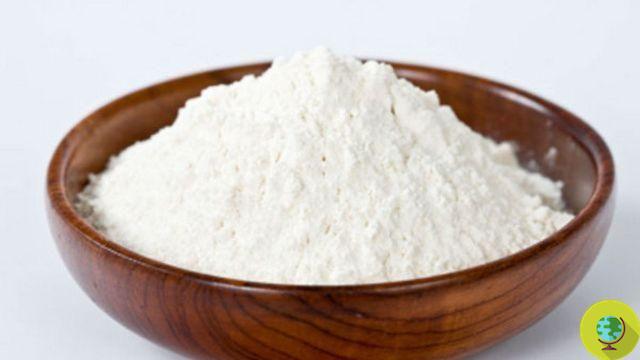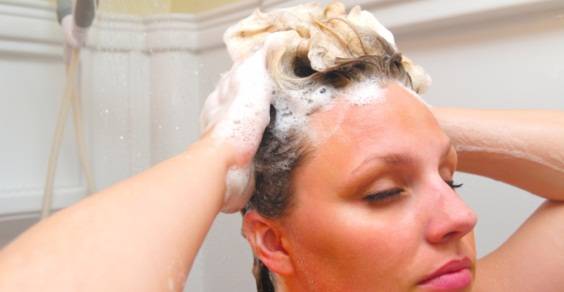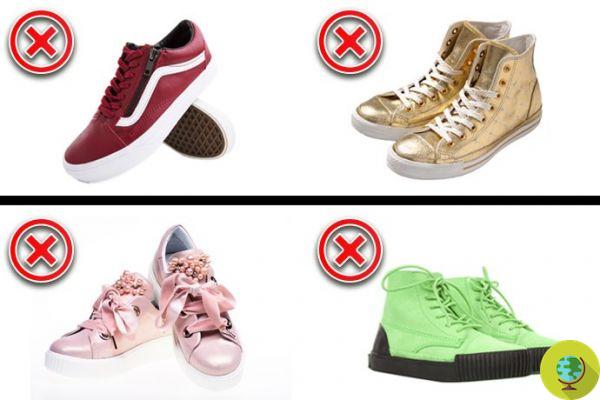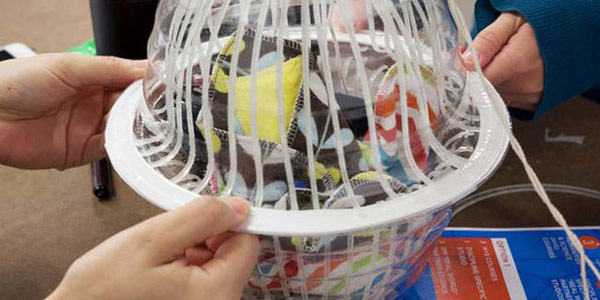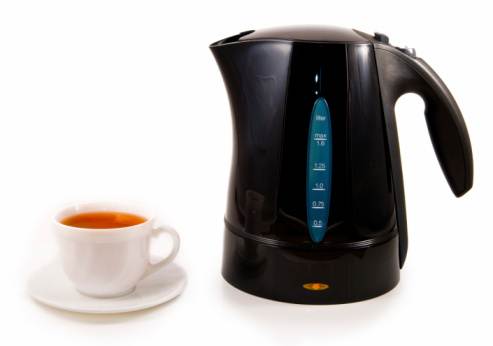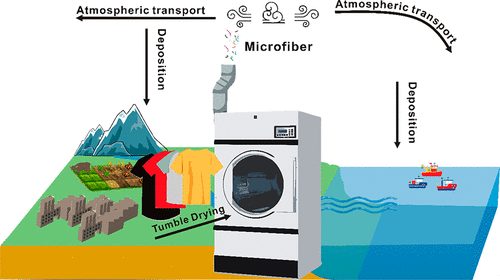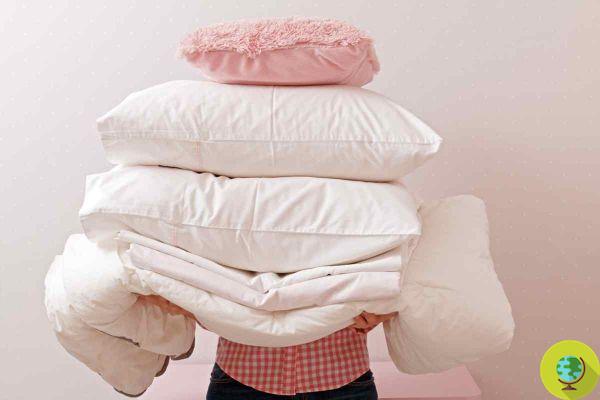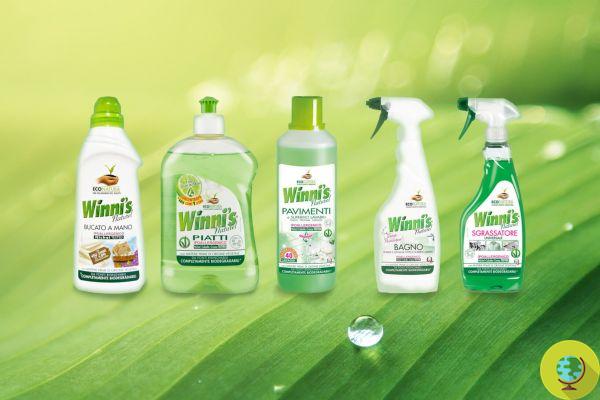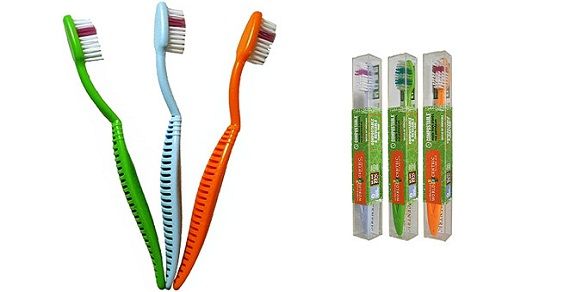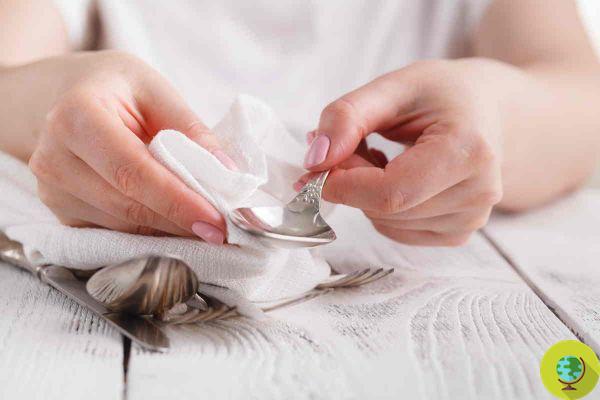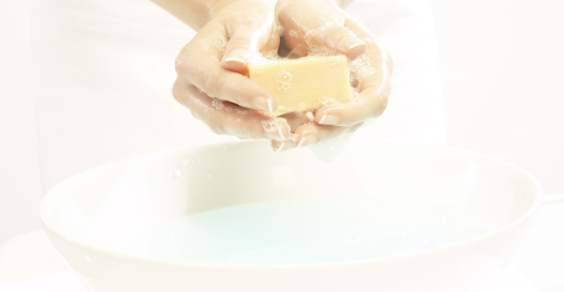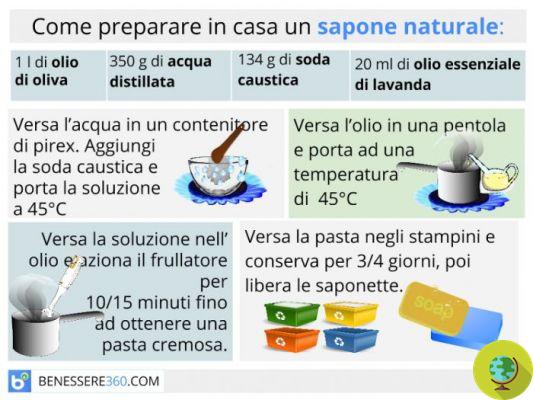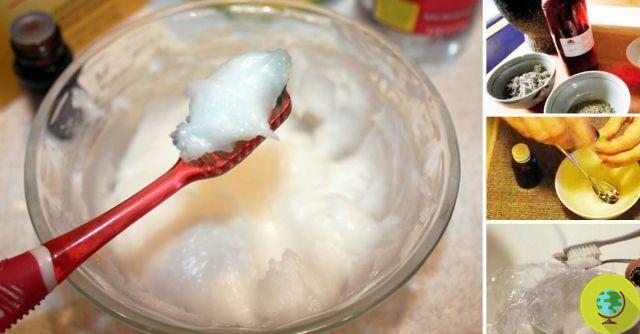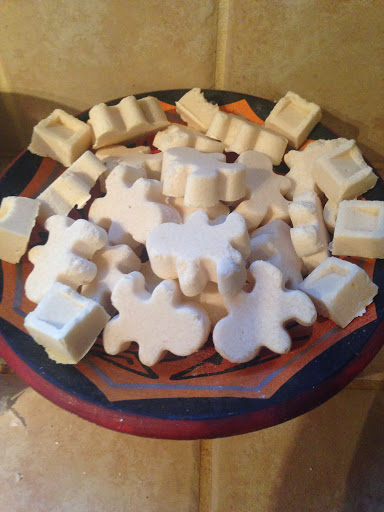There are various species of insects that feed on the fibers of fabrics, thus ruining our clothes, coats, curtains and carpets. Here's what they are and how to get rid of them.
He is about to end up run over, his mother saves himIf we notice unusual holes in our clothes, coats, leather jackets, or even curtains and rugs, it could be a fabric bug infestation. With this generic name we mean various types of insects, which, brought into our homes, end up settling in our wardrobes and in our textiles. Some of them are attracted to food residues on our clothes, others directly to fabrics. Here's how to recognize fabric insects, how to prevent them and how to eliminate them from our home.
Spring or season change cleaning is the ideal time to thoroughly analyze the health of clothing fabrics. It is important at this time to clean the wardrobe well and to store clothes correctly, to prevent any small settlements of eggs or insect larvae from spreading to become a huge problem.
Index
How to recognize fabric insects
It is generally difficult to realize that there are insects or larvae that are endangering our clothes. We are much more likely to notice when we see holes in sweaters, shirts or suspicious stains. The first clue is just that! If you notice that there are areas where your clothes are strangely damaged, to look just eaten, it is possible that these insects are responsible. Let's get to know them better.
Types of fabric insects: common moths
The most common clothing attackers are common clothing moths, whose scientific name is tineola bisseniella. It is a small moth with a beige or honey color. The insect itself is not dangerous but if it mates with another, the larvae will feed on your clothes. The larvae are very small and are not easily seen. They are small white-cream worms with dark ends of the head. The substance they feed on is keratin. For this reason, the common moths of the besseniella type love natural fabrics of animal origin such as wool, cashmere or mohair, silk. In the absence of these fabrics they can also feed on linen and cotton and even on garments mixed with synthetic fabrics.
The fur moths
Another very similar insect is the moth tinea pellionella, so called because it loves to eat cotton and furs. Tinea pellionella is similar to bisseniella, but the larva is darker. In addition, its characteristic is that it carries the cocoon with it until it gets rid of it definitively, transforming itself into a moth.
The carpet moth
The carpet moth, on the other hand, prefers more consistent fibers such as those of carpets. Its scientific name is thricophaga tapetzella, also called the tapestry moth. This is among the largest and its wingspan can reach 14-18 mm. It is similar to other moths but has a distinctive black spot on its upper wings, which looks like a bow. They love everything that has to do with animal skin, therefore natural fabrics such as wool and / or leather. They flicker between June and September so spring is the period in which the larvae are activated and feed on the tissues. It will therefore be the ideal time to clean and wash carpets in a natural way.
Dustfish (or silverfish)
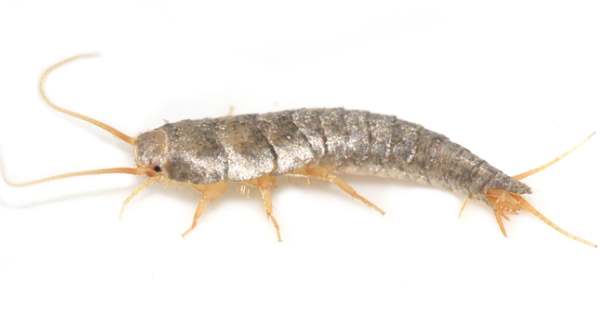
It's hard not to have seen them at least once. The little fish of the dust or also called of the wood or of the bath, have been cohabiting with us for more than 300 million years. Their scientific name is lepisma saccharina. They measure about one centimeter in length and are silver, in the shape of a fish. They are very long-lived, up to three years of age and also very prolific. So it is very difficult to get rid of it.
They love humid, dusty and poorly lit environments. This is why it is easy for them to nestle behind bathroom furniture. These insects are greedy for starches and sugars. We notice if they have attacked our clothes when we see small yellowish spots, difficult to remove.
To eradicate them it is important to always vacuum every corner of the house well, ventilate well to avoid humidity. You can also create ad hoc traps with potatoes and bread.
Finally, crickets and cockroaches, attracted by food that remains around the house or on fabrics, can also cause great damage.
Train
Another tissue-eating insect is the antrene. It is a very small beetle, with a white, black, greyish color and a rounded shape. Its larvae are tiny and difficult to see with the naked eye. However, they are very voracious.
Termites
Finally, termites, small winged, yellowish insects, similar in shape to ants that devour wood. These can be attracted to fabrics that contain cellulose, the main nutrient they draw from wood. This case is very rare. However, if they are present in your closet or chest of drawers, it is best to do a disinfestation immediately.
Prevent and eliminate fabric insects
Spring or season change cleaning is the ideal time to dust the wardrobe well and wash it. When changing the wardrobe, all the clothes that will be stored must be washed.
In ancient times, mothballs were used to protect wool sweaters, woolen blankets and coats. But today we know that in addition to being harmful to humans, it is also harmful to the tissues themselves. There are many chemical remedies against these insects. However, we recommend using eco-friendly and natural products. An ecological and harmless alternative would be the bags of lavender or cedar wood. These natural essences have a smell that is a natural repellent against moths. But be careful not to leave them in direct contact with clothes, which could get stained.
As for the sweaters, remember to wash them before storing them. They must then be placed in closed boxes or bags and possibly add a small bag of cedar sticks or dried lavender to the compartment. Small or very delicate items can be placed in the freezer for a time ranging from 48h to 72h.
I carpets instead they must be vacuumed very well both on the surface and on the part that touches the floor and in all directions. The bag containing the aspirated substances must be disposed of immediately together with the unsorted waste, avoiding keeping it at home.
Both carpets and coats can be sanitized with the use of a steam mop or appliance. The very high temperatures will kill any parasites or insects that have nested in the fibers.
In general, you must always vacuum all the corners where dust is deposited, especially in the darkest and most humid areas, and ensure good ventilation of the rooms.
Follow your Telegram | Instagram | Facebook | TikTok | Youtube
We also recommend:
- Spring cleaning: tidy up your home and closet by selling what you don't use online
- Vinegar: when NOT to use it in cleaning and what to replace it with





